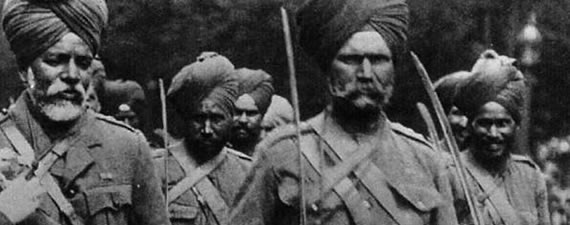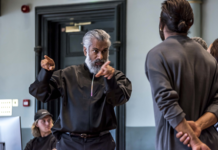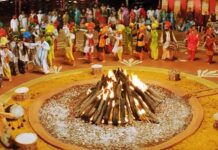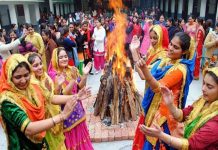Marseille to commemorate landing of first Sikh Soldiers in 1914

To mark 100 years since the first Indian soldiers landed in Marseille to support British and French troops in 1914, the city will host a commemorative event to be attended by Indian, French and British dignitaries, as well as a Sikh platoon re enacting the role of the first regiment that disembarked in France.
The 3rd Lahore Division, part of Indian Expeditionary Force A, landed in Marseille on 26 September, 1914, less than six weeks after Britain declared war on Germany. The local press at the time announced the arrival of “unique stalwarts from the east” and the soldiers were universally welcomed by the French.
More than one million soldiers from India fought during the Great War, taking part in some of the most infamous battles including the Somme and Ypres. Despite their sacrifice, it has become a largely forgotten piece of history. On 26 September this year, exactly 100 years on from the first landings, commemorations will take place at Marseille’s ‘Monument Aux héros de l’armée d’Orient des terres lointaines’, a memorial built for soldiers of the Eastern Army who died protecting France.
The ceremony will include a commemorative prayer and the laying of wreaths by various French, Indian and British dignitaries, followed by a moment of silence. There will also be a reading of a Sikh soldier’s letter home. This will take place in the presence of the 1914 Sikh platoon, re enacting the very regiment that disembarked at Marseille in 1914 on this exact date. The platoon and guests will then walk from the monument to the Port of Marseilles.
Patron of the 1914Sikhs campaign Maj Gen Peter Daviessaid: “When the British Empire declared war on Germany in 1914, the Indian sub-continent answered the call to arms. Over a million men marched from their homes, many landing at Marseilles in order to fight for Britain and to defend France and Belgium from invasion.
“One hundred years on from those first landings, Marseille will once witness the sight of Sikh soldiers and commemorate the contribution and sacrifices they made a century ago.”
India contributed the most volunteers of any of the British imperial holdings that fought in the Great War and many of the soldiers who left its shores weren’t aware of the reasons for the conflict. They fought and died for the honour of their country and for the ‘Izzat’ of the Regiments whose colours they proudly served. Tragically, of the 1.3 million Indian soldiers who fought for Great Britain and France, 74,000 died in battle and 67,000 were severely wounded. All were thousands of miles from home.
Despite facing mortars, hand grenades, high explosive shells, rifles and machine guns, many Sikh soldiers used traditional weapons such as the sabre and circular metal throwing weapon known as a quoit. In 1914/15, many Indian sentries on duty in France were found frozen to death at their posts at night in what was the coldest winter of the decade. They were still in the Khaki Drill uniforms they wore when they arrived in Marseille from India, as their warm uniforms didn’t arrive until the following spring.



































